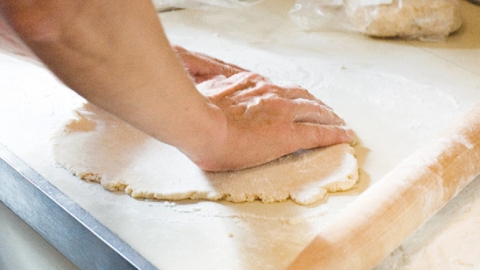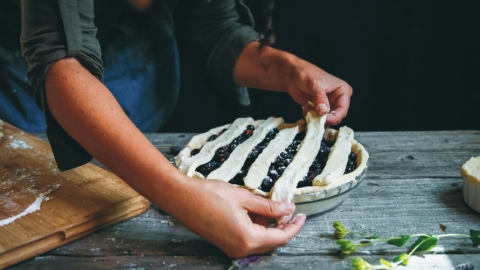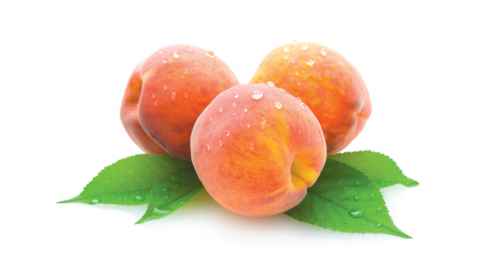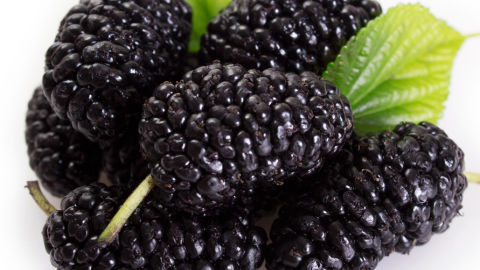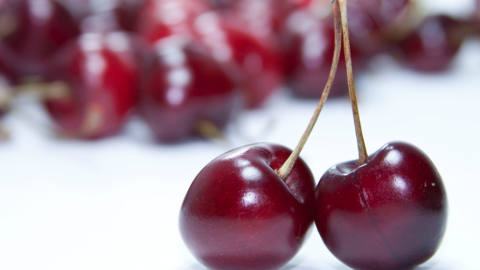The Pie Safe
From our 2009 archives: Because classic pie recipes are worth a review every ten years.
The crust: flaky, golden and aromatic, just sturdy enough to hold the fruit yet tenderly yielding to your fork. The fruit: piled high and glistening, juicy, yielding and sweet. The mouthfeel: buttery, slightly salty crust melting back while fruit explodes in bright, sweet acidity. And ambrosial flavors brought out by the heat of baking, the sugar and perhaps a pinch of well-considered spice.
If only there were a recipe for such a pie, we could be in heaven every day. As it is, pie making is an art that few aspire to anymore, possibly due to fear of failure. There are variables that cause concern, making it very difficult to turn out the same perfect pie day after day. Weather changes affect the pie dough and rolling of the crust. Fruits vary in their sweetness, acidity, ripeness and juiciness, so that one time a recipe might come out runny, the next time a bit thick.
But fresh fruit pies in the peak of summer are irresistible. And no one passes on a slice of pie because it is less than perfect! So the best advice I can give is to bake pies as often as possible. Start with some basic rules of thumb, keep notes and learn from your own experience. Bake… eat… and repeat!
The biggest variable in fruit pie baking is the thickener. Opinions abound on which and how much to use with what fruits. The three most common are flour, cornstarch and tapioca.
All-purpose flour is often used in apple pies and peach pies, although it’s said to lose its thickening powers with highly acid fruits like cherries or blueberries, and to give a slightly starchy taste. Despite this rap, flour is my own “go to” thickener, just because it’s always available. I use it successfully for many pies. Flour is always mixed with the sugar before adding to the fruit, which prevents it from clumping. Use one tablespoon per cup of juicy fruit (less for apples).
Cornstarch is also widely available, and is more compatible with high acidity, but can leave a starchy taste if not fully cooked. It sets up clear and has twice the thickening power of flour, so you use less. It can be blended in liquid before mixing with the fruit or mixed with the sugar. Use ½ tablespoon per cup of juicy fruit.
Tapioca is the starch derived from the cassava plant, which grows in South America. It is available in pearl form for puddings or as flour for thickening. The pearl form is commonly used for pies, and is the best choice for highly acid fruits like cherries. It sets clear and has no starchy taste, but should not be used in open or lattice-crusted pies. After mixing with the fruit, it needs to stand for 15– 20 minutes before baking. Use ⅔ tablespoon per cup of fruit.
A few more pointers: Taste your fruit and adjust the added sugar. If in doubt, use less, because too much sugar hurts the fruit flavor. Don’t overfill the crust—the cooking fruit expands a bit. Start with a hot oven to help the crust set up quickly and not droop, then reduce heat for the rest of the cooking time. Try to confirm the filling has reached a bubble before you take the pie from the oven. Allow the pie to cool—remember old pictures of pies cooling on the windowsill—the closer to room temperature, the more perfect the texture. Bake pies with friends and learn some of their tricks. Study classic pastry technique—there are many good books for this. Make an extra piecrust—they freeze well, but you might want to bake another pie right away!
Below are directions for classic pie crust and four fruit pies using different thickeners. Don’t be afraid to mix and match the fruit and thickener, just be sure to make notes of which combinations you prefer.






